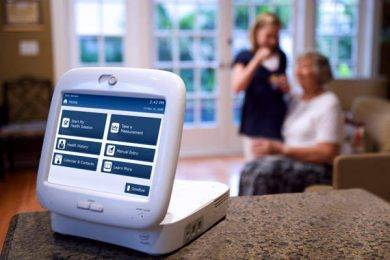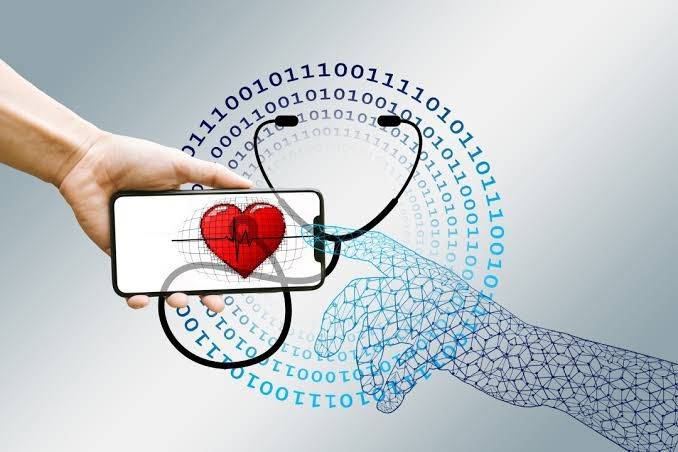Healthcare technology now allows people to take essential readings without consulting a doctor or entering a medical facility. Here are some of the most commonly used health monitoring devices that can be accessed at home. Consult your doctor before rushing in and buying health monitoring devices.
Blood Sugar
Blood sugar monitors are primarily used by people with diabetes, although there are some (far more obscure) reasons why a person might need to keep one handy. Type 1 diabetics do not produce insulin. Type 2 diabetics do not have an adequate pancreatic response to sugar intake and produce inadequate amounts of insulin. Insulin is a hormone that is used by the body to transform sugars into energy that can be circulated by the blood. If no insulin is produced, sugars remain in the blood and cannot be turned into useful energy.
Blood sugar monitors let diabetics know the sugar content of their blood so that they can assess and correct any imbalances. Typically, diabetics intend to keep their sugar levels between 4.0 and 8.0 mml. Low blood sugar can cause disorientation, while high blood sugar can lead to health problems in the future.
There are several kinds of blood sugar monitors that are widely available. Traditional finger prick monitors are the most accurate. They analyze a small amount of blood taken from the finger of the patient and placed onto a conductive strip. Continuous blood sugar monitors are slightly less accurate, but have a host of other benefits. They continuously monitor glucose levels and can be connected to an app so that a patient is sent a message when their sugars become too high or low. They are also less painful than finger prick devices and do not require constant needle changes.
Blood Pressure
Home blood pressure monitor devices are far more common and affordable than they were just a few decades ago. People who have suffered from cardiac arrests, who have been diagnosed with high blood pressure or who take medication that alters vascular health are often asked to monitor their blood pressure at home. This is usually done using an inflatable cuff device similar to the kind seen in hospital triage rooms. Blood pressure is a good indicator of vascular and cardiac health. Monitoring blood pressure at home is essential for many at-risk people.
Scales
Most households have a set of scales at their disposal. Scales allow a person to calculate their weight. This can be useful when monitoring planned weight gain or weight loss regimes. People have been measuring their weight since the 1500s, but standardized weighing scales for human beings were not popularized until the 19th Century, when they were used for the assessment of conscripted troops in Europe.
Heart Rate
Heart rate monitors are immensely useful for athletes and people with irregular heartbeats and conditions. Some people who have suffered from cardiac arrests are fitted with continuous heart rate monitors. The Brentford FC Soccer player Cristian Eriksen is fitted with such a device.
Kat Irving is a reporter for Diving Daily. After graduating from NYU with a master degree in history, Kat got an internship at WABC-TV New York and worked on profiling local businesses. Kat was also was a columnist for the NPR. Kat mostly covers business and community events here at Diving Daily











